Samsung Galaxy S22 Ultra Nightography — what the heck is it?
The Galaxy S22 Ultra's new low-light photo upgrades explained
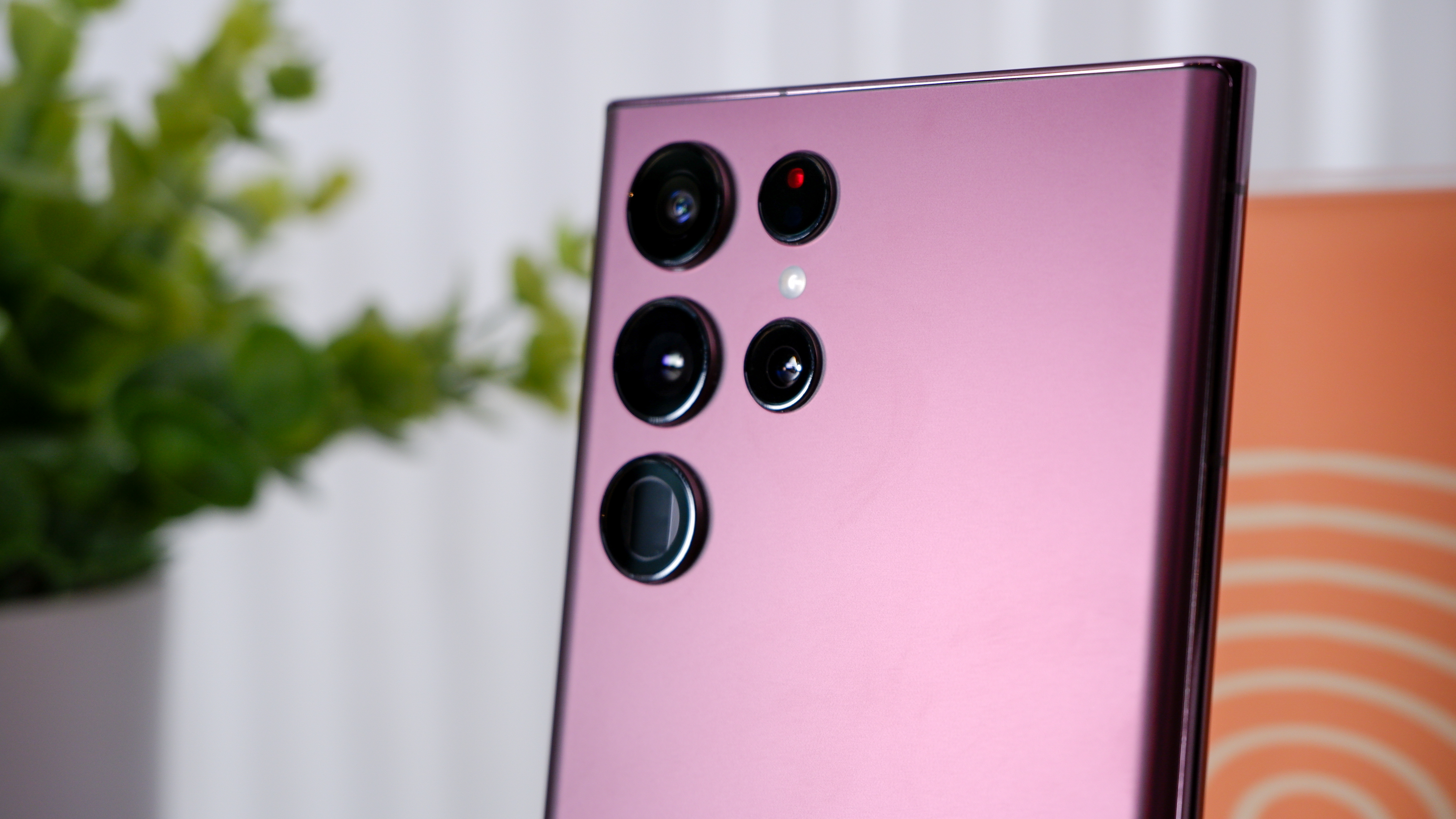
During the reveal of the Samsung Galaxy S22 series, there was a whole segment on the Galaxy S22 Ultra and its "Nightography" features. Now you can probably guess what Nightography might refer to, but what precisely does it mean?
Nightography is Samsung's snappy marketing term for both the S22 Ultra's hardware and software elements that work together to make it a more effective low-light photo machine. We already liked how the Galaxy S21 Ultra took low-light images when it launched last year, but Samsung is making even bigger promises with the S22 Ultra as it tries to top our best camera phone list.
We're still in the process of testing the Galaxy S22 Ultra, so for now we wanted to explain all the big new changes.
Samsung Galaxy S22 Ultra Nightography: photos
As Samsung explained during its Galaxy Unpacked presentation, cameras need light to capture their photos, something that's in short supply at night. Instead of relying on a flash like your standard camera, the Galaxy S22 Ultra's main 108MP camera uses a large 2.4 micrometer sensor to capture more light.

The main camera also uses a new anti-reflective coating on its lens, also referred to as a "super clear lens". The point of this is to reduce or eliminate the light flares you often see in night mode photos, which are caused by light reflecting within the lens.
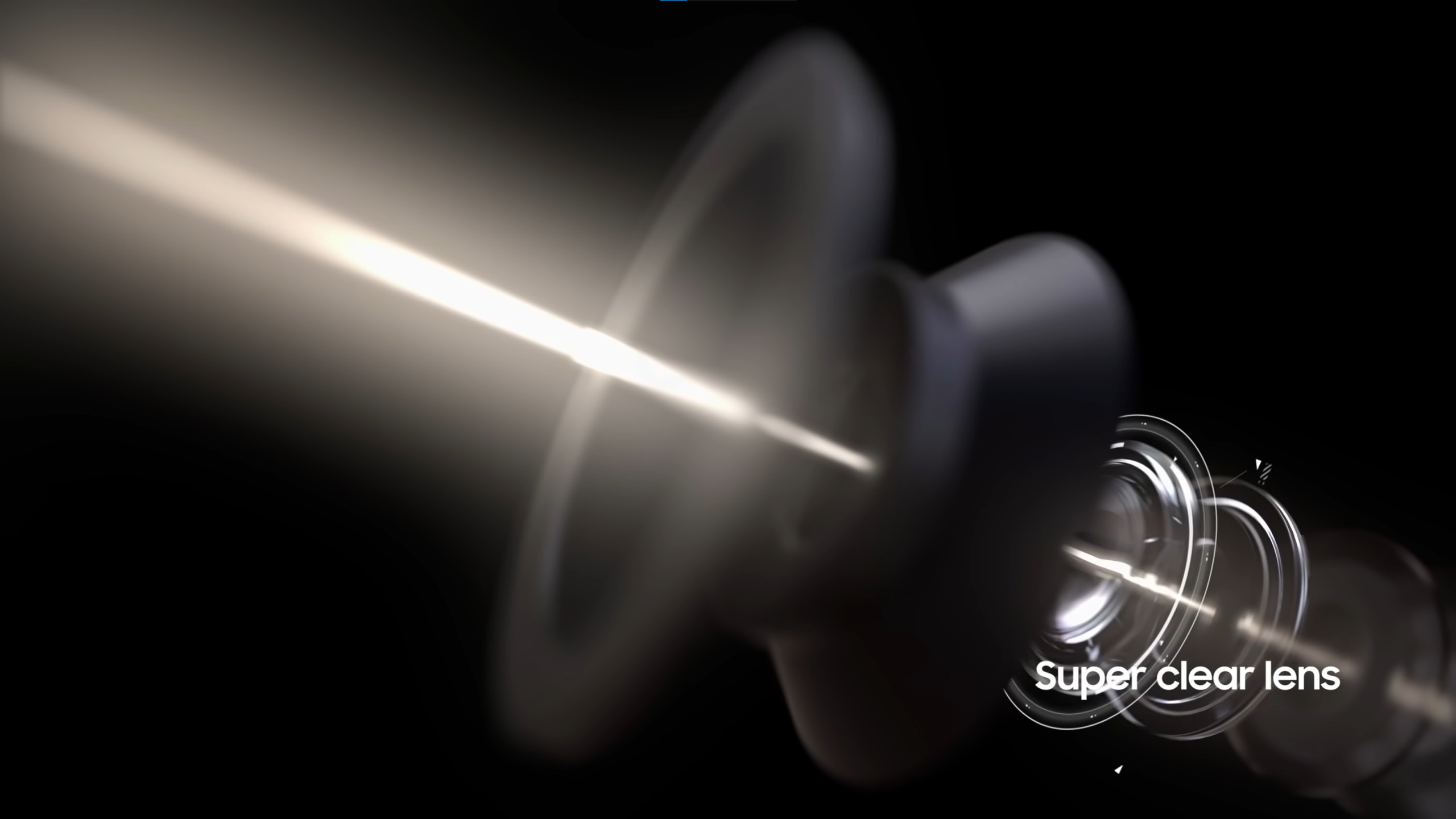
Beyond the camera itself, the Galaxy S22 also uses Night Solution, a program that is automatically enabled when the phone detects you're taking photos in a low-light environment. It takes multiple shots when you press the shutter button, then combines the best ones into the final image you'll find in your gallery app later.
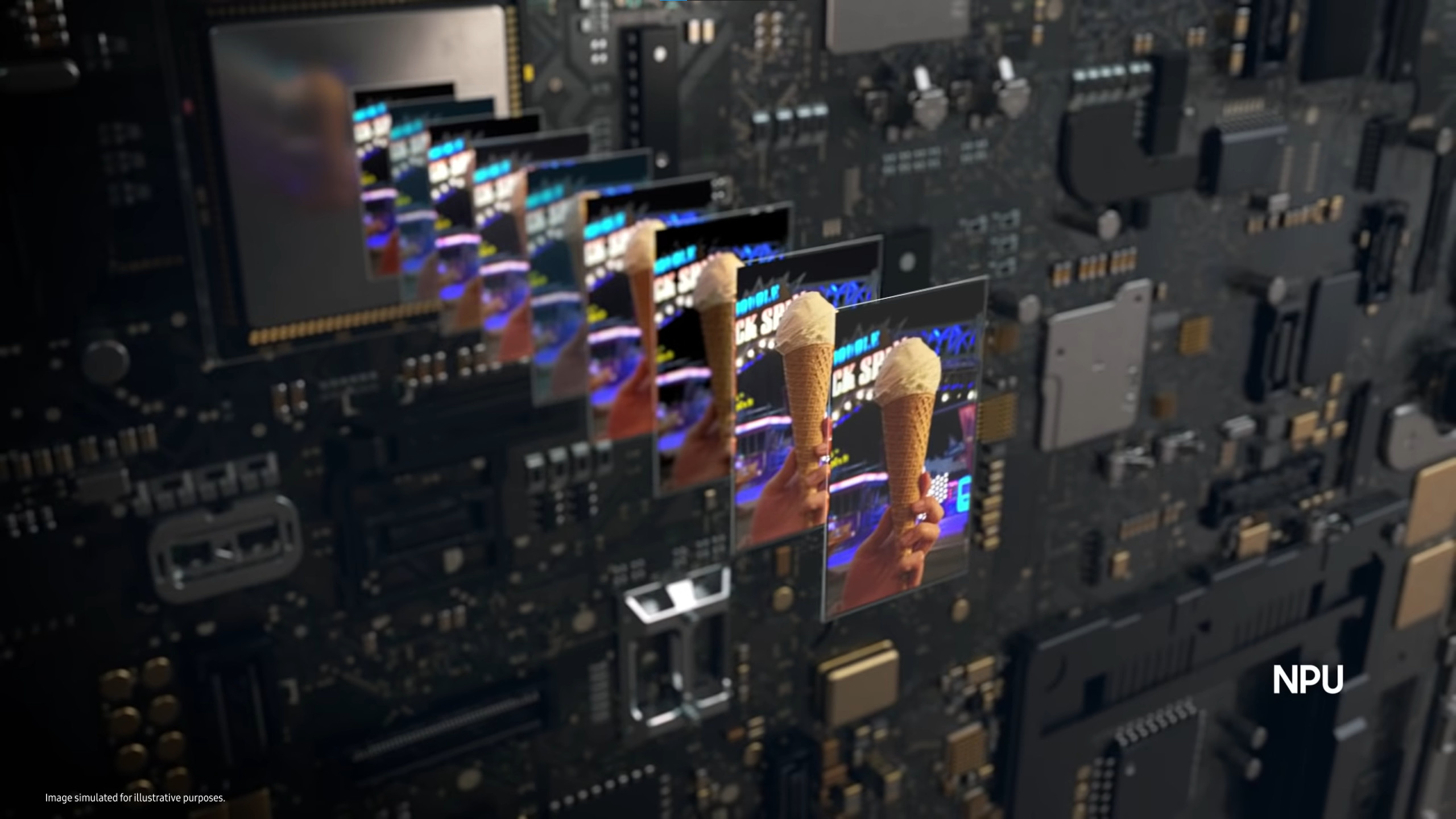
This merging is achieved through the phone's NPU chip and an AI image signal processing algorithm. The algorithm identifies the shape of the subject of your photo and uses that information to enhance the shape, color and detail.
Sign up to get the BEST of Tom's Guide direct to your inbox.
Get instant access to breaking news, the hottest reviews, great deals and helpful tips.
Night Solution works with the main camera, 3x telephoto lens and selfie camera, and with or without portrait mode enabled. That's bad news if you want to take ultrawide or 10x telephoto camera shots, but otherwise that's pretty versatile.
Samsung Galaxy S22 Ultra Nightography: video
The Galaxy S22 Ultra has a few video-specific tricks, too. When capturing low-light video, the main problem a phone needs to overcome is blurry footage, caused by the camera requiring to slow its shutter speed to get enough light on the lens.
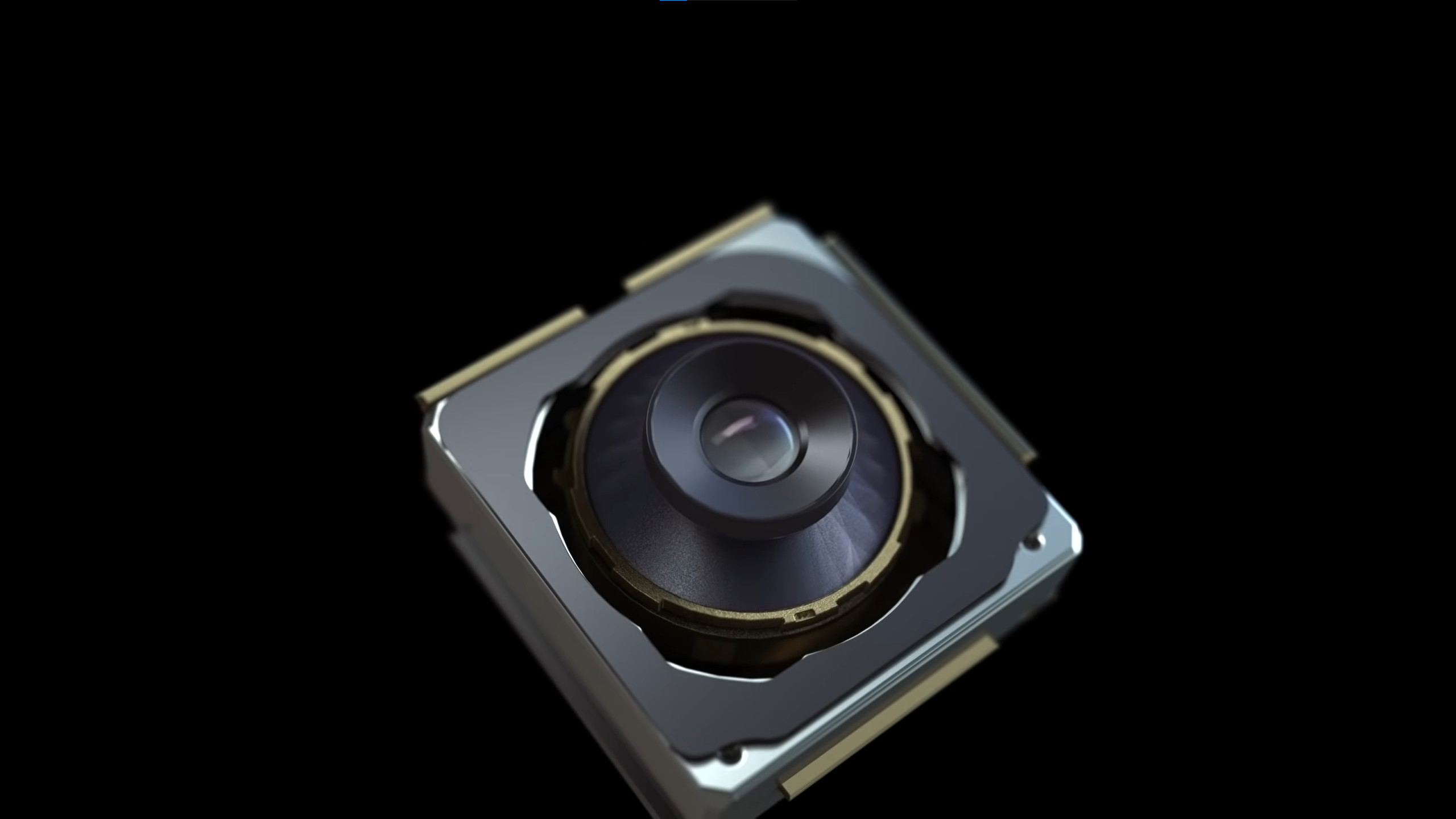
Samsung's solution to this is "dual-track image stabilization". The first part of this uses optical image stabilization (OIS), which lets the main and telephoto cameras move in the opposite direction to where the camera is moving or shaking. This has been a feature on previous Galaxy S phones, but Samsung boasts that the S22 Ultra has a 58% wider corrective angle than the Galaxy S21, allowing larger movements to be accounted for by the system.
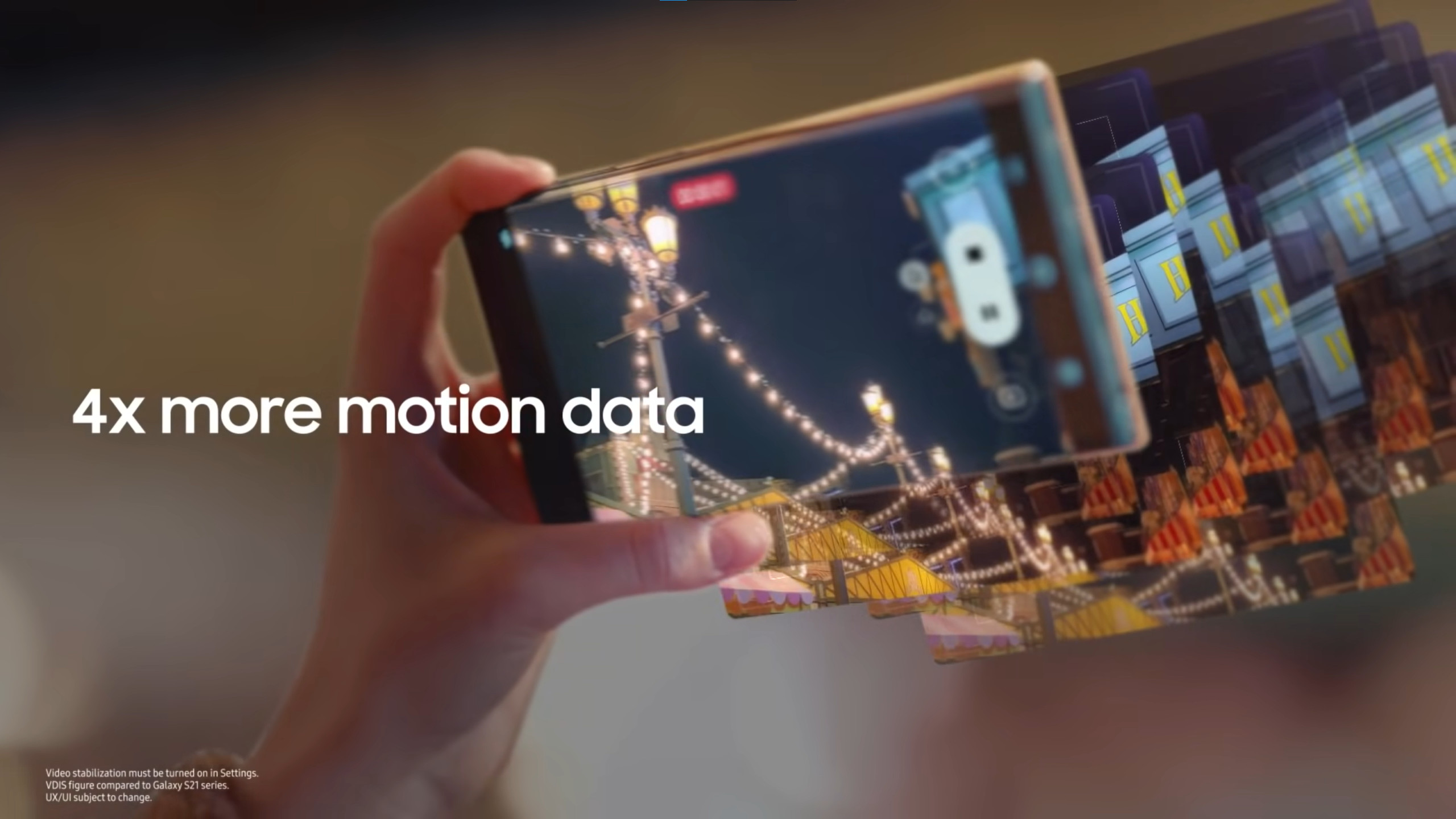
The second part of the dual-track system is video digital image stabilization (VDIS), software that accounts for camera movement, taking three-dimension motion readings (four times as frequently as the S21) to figure out how the camera's moving and account for it, adjusting things frame-by-frame to smooth out your video.
Finally, the Galaxy S22 can also automatically change the frame rate of your video as you record, depending on the lighting conditions, to ensure you're getting enough light in your final footage. If that means recording lower than 24 frames per second (the minimum frame rate for smooth video), then Samsung's Super Night Solution software kicks in. This takes the existing video and then produces up to 12 extra frames per second based on the ones the phone's actually captured, which it then uses to fill in the gaps for a consistent frame rate.
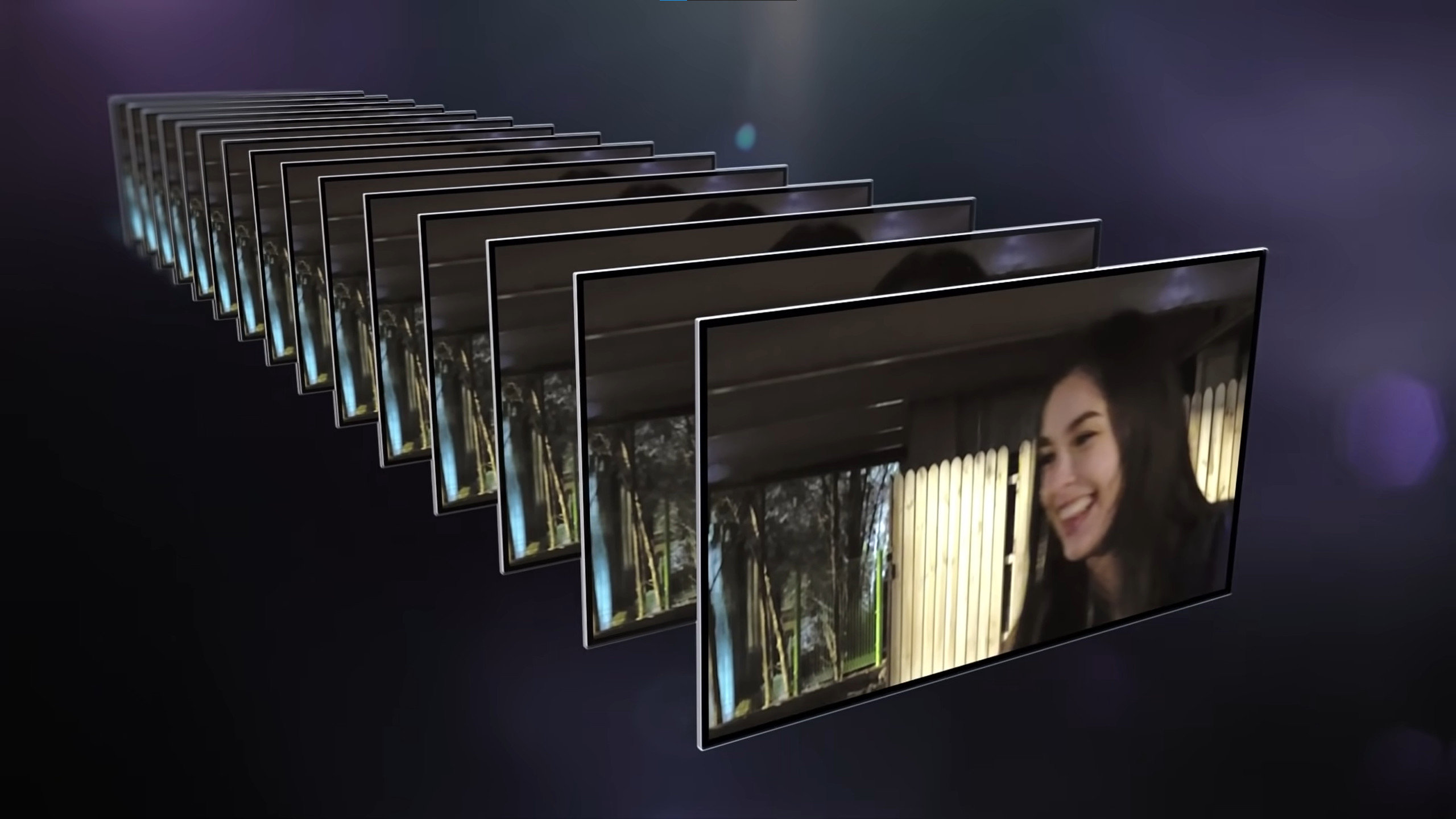
Samsung Galaxy S22 Ultra Nightography: outlook
We're still in the process of testing the Galaxy S22 Ultra for ourselves, but the technology shown off to help you take better photos and video at night certainly looks impressive.
The improved OIS and the anti-reflective main camera lens coating both sound like particularly good additions that will make a noticeable difference to even a novice photographer using the S22 Ultra. Stay tuned for our full results and comparisons.

Richard is based in London, covering news, reviews and how-tos for phones, tablets, gaming, and whatever else people need advice on. Following on from his MA in Magazine Journalism at the University of Sheffield, he's also written for WIRED U.K., The Register and Creative Bloq. When not at work, he's likely thinking about how to brew the perfect cup of specialty coffee.
